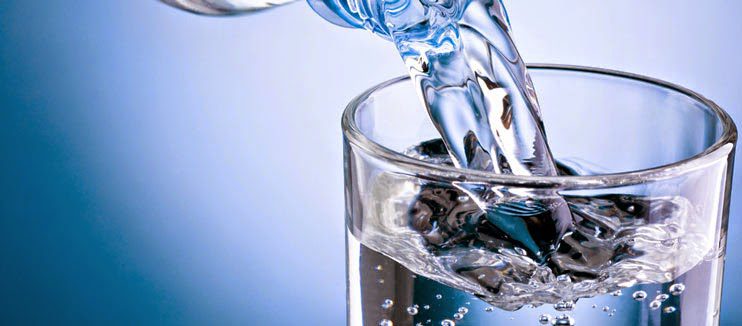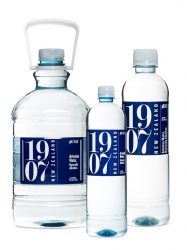
There are a number of things that can be all too easy to take for granted until they are no longer available to us in an emergency situation, and top of that list of fundamentals would be access to a clean water supply.
Learning how to create a reliable water supply once an emergency situation is underway would be a potentially dangerous strategy, which is why you need to be prepared and understand how to set up a water purification process beforehand.
Here is a look at how to create a water source for emergency use, plus tips on how to store it, and why it is so vital to appreciate the difference between purification and filtering processes.
Steep learning curve
Any accomplished prepper will willingly testify that one of the basic rules that you need to be aware of in a crisis situation, is the fact that you can probably survive almost as long as a month without food, but you would be very lucky to see out a week without water.
You would not have much time to discover new water reserves and create a reliable storage facility if regular water supplies had become contaminated, so it makes perfect survival sense to get all that knowledge before an event and learn how you could live through a water crisis.
First line of defense

Without a doubt, one of the most obvious and efficient survival strategies is to have a decent backup supply of bottled water, as it can last almost indefinitely, meaning it will be ready as and when you need it. Our favorite to keep on hand is 1907 water.
You can purify the water using Black Berkey Filters, for example, as this will help to maintain the quality and taste of the water for longer.
Using your own filters rather than buying commercially bottled water should work out to be the cheapest option between the two. There is also the issue surrounding fluoride in some bottled water products, which not everyone agrees is a positive ingredient.
When you consider how much water you might need, not just for drinking but for cooking and other requirements, you will have to consider how and where you might be able to store such a large quantity of water for an indefinite period.
Storage tips
How you store your bottled water is something you want to get right from a safety point of view, as well as the logistics of storing a large quantity of water.
The default storage option for most homeowners would be to stack all the water bottles up in a corner of their garage, but that is not always the best place to store your water.
There are a couple of key storage conditions you need to meet if you want to store your bottled water safely and enjoy good quality drinking water when it is called into action.
Make sure the storage area is consistently cool and dry and away from direct sunlight. Also, make sure that the bottles are not resting directly on cement, as it is possible that chemicals from the cement could permeate your water.
Think about the weight burden of your water bottles. If you stack them too high the pressure on the bottles at the bottom could become too great and cause them to split and leak.
Any bottles of water that you open should be consumed within a maximum of three days in order to reduce the risk of microbiological pathogens.
Think of a number
If you are trying to work out how much water you will need to see you through a crisis, think of a number, then double it, at least.
You will almost always need more water that you first think, even for a relatively short period of time.
It is not just drinking water you will need, so work on a general estimate of about 90 gallons of water per person for a three month supply.
Know the difference
A final point to remember is that it is essential to understand the difference between filtration and purification.
Some water just needs filtering while other sources will need purification. Knowing the difference and when you need both options, will make a major difference to your health and even your survival.
Water purification is the removal of harmful bacteria using a chemical or UV process, whereas filtering means taking care of protozoa and bacteria in the water, but not any viruses in the water that are too small for the filter to trap.
Knowing how to create and maintain a safe and reliable water supply is a survival skill that is well worth learning.



